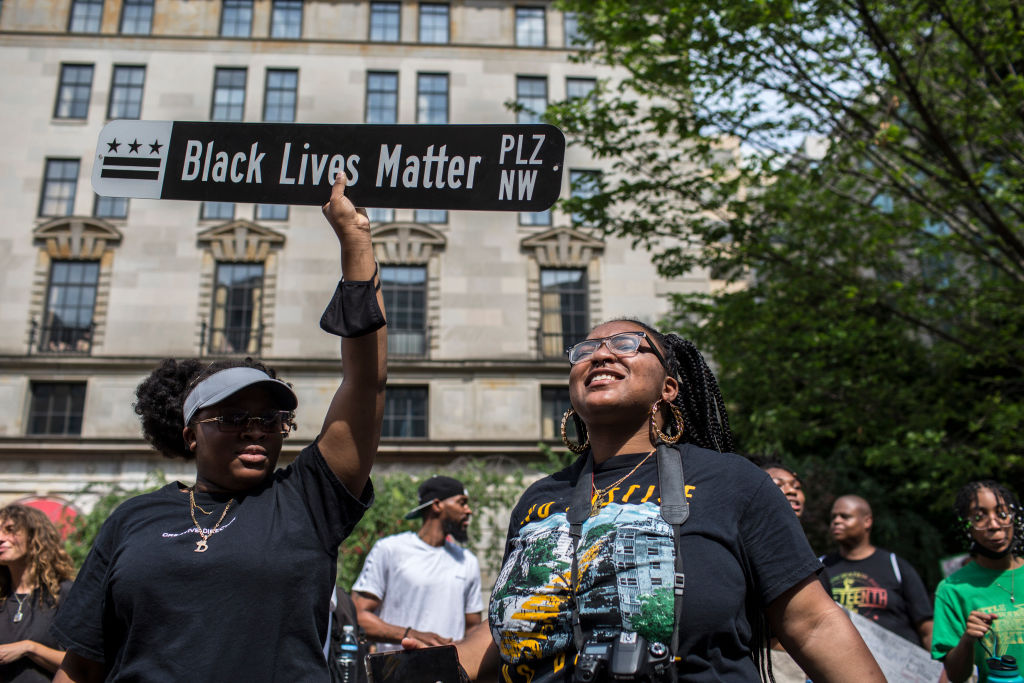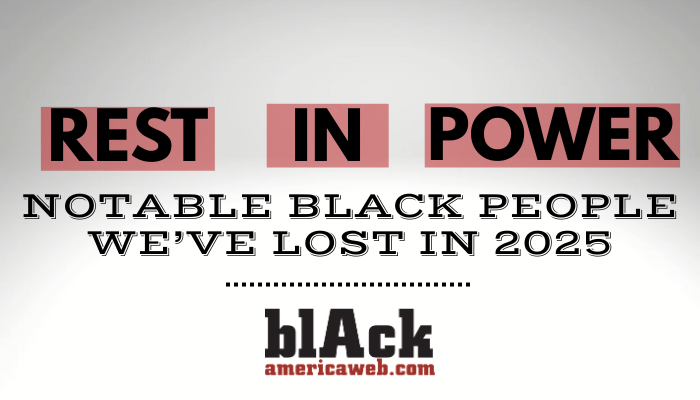Why the Government Shut Down and What It Means for You

As of midnight on September 30, the U.S. federal government has officially shut down, causing a widespread impact across federal agencies, programs, millions of Americans, and everyday life. Millions of federal workers and military personnel are expected to work without pay, while others are furloughed until both Democratic and Republican parties can agree on the funding bill.
This marks the first official government shutdown since 2019, when the government shut down for 35 days under Donald Trump’s first administration, which was the longest Government shutdown in U.S history. Congress is expected to meet this morning to vote on the same two bills that they failed to pass last night.
TRENDING: Congressional Leaders Meet Ahead Of Pending Government Shutdown Over Funding Bill
Why Did the Government Shut Down?
The government shutdown due to a political conflict between Democrats and Republicans. Congress failed to reach an agreement on a federal spending bill before the deadline, which was midnight on September 30th. Democrats are pushing for reinstatement of funding for Medicare, Medicaid, and the Affordable Care Act (Obamacare), while Republicans refuse.
This resulted in the government having no authority to fully operate, leaving federal workers and Americans nationwide to feel the consequences.
So Who Gets Paid and Who Doesn’t
The impact of the shutdown cast a wide net on everyone, and who continues working largely depends on whether they are deemed “essential” or “non-essential.”
- Essential employees—such as TSA agents, air traffic controllers, Border Patrol, Customs officers, and National Weather Service forecasters are expected to work without pay durring the shutdown
- Non-essential employees are furloughed and told not to show up to work until the government shutdown concludes.
Congress member will continue to get paid, even as millions of federal workers and americans are not.
What Stays Open During a Government Shutdown
Despite the shutdown, some critical services continue, though delays are expected:
- Social Security, Medicare, and Medicaid benefits will continue to be distributed, though processing could be slowed due to staffing shortages.
- Unemployment benefits will still be paid.
- The U.S. Postal Service remains operational.
- State Department services such as passports, visas, and assistance to Americans abroad will continue.
- Veterans Affairs programs, including crucial medical care, suicide prevention initiatives, and homelessness programs, remain open.
The National Weather Service will also continue forecasting and issuing warnings, ensuring public safety is not jeopardized, which is good considering we’re in the middle of hurricane season.
What Could Be Delayed or Halted
The longer the shutdown drags on, the greater the consequences:
- Airport delays are expected due to unpaid TSA screeners, and air traffic controllers may face staffing shortages.
- FDA inspections of food and drug facilities could be delayed or stopped altogether, raising public health concerns.
- SNAP and WIC, food assistance programs serving low-income families, mothers, and children, may begin to experience disruptions if the shutdown stretches past mid-October.
- National parks and monuments could close, though the administration has not yet provided clear guidance on whether public access will be restricted.
- Donald Trump has also threatened to do a massive layoff of federal workers.
If the shutdown continues past October 15th or 16th, there’s concern that federal benefit checks could be delayed or halted, creating even greater financial strain for millions of Americans.
Why the Government Shut Down and What It Means for You was originally published on majic945.com











